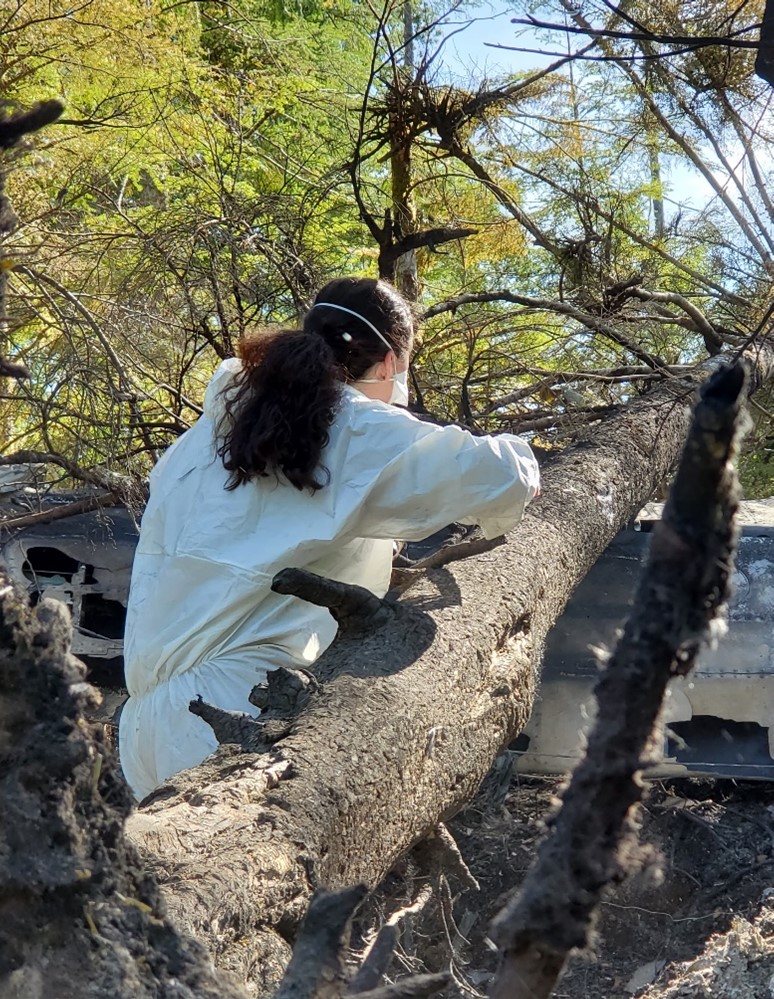Collision with terrain
Privately registered
Quest Kodiak 100, C-GKTX
Tahsis, British Columbia
The occurrence
On 20 June 2023, a privately-registered Quest Kodiak 100 amphibious float-equipped aircraft was conducting a flight from Masset (CYZT), British Columbia to a cabin located approximately 60 nautical miles northwest of Tofino, British Columbia with four people on board. During a go around following a rejected landing, the aircraft collided with terrain.
An emergency locator transmitter signal was received by the Joint Rescue Coordination Centre in Victoria, British Columbia. Canadian Coast Guard, Canadian Armed Forces Search and Rescue, RCMP, and fire personnel responded. There was a post-crash fire and the aircraft was destroyed.
The pilot and one passenger were fatally injured, one passenger received serious injuries, and one passenger received minor injuries. The TSB is investigating
Media materials
Deployment notice
TSB deploys a team following an aircraft accident northwest of Tofino, British Columbia
Richmond, British Columbia, 21 June 2023 — The Transportation Safety Board of Canada (TSB) is deploying a team of investigators following an accident involving a Quest Kodiak 100 aircraft that occurred northwest of Tofino, British Columbia. The TSB will gather information and assess the occurrence.
Investigation information
A23P0061
Collision with terrain
Privately registered
Quest Kodiak 100, C-GKTX
Tahsis, British Columbia
Download high-resolution photos from the TSB Flickr page.
Class of investigation
This is a class 4 investigation. These investigations are limited in scope, and while the final reports may contain limited analysis, they do not contain findings or recommendations. Class 4 investigations are generally completed within 220 days. For more information, see the Policy on Occurrence Classification.
TSB investigation process
There are 3 phases to a TSB investigation
- Field phase: a team of investigators examines the occurrence site and wreckage, interviews witnesses and collects pertinent information.
- Examination and analysis phase: the TSB reviews pertinent records, tests components of the wreckage in the lab, determines the sequence of events and identifies safety deficiencies. When safety deficiencies are suspected or confirmed, the TSB advises the appropriate authority without waiting until publication of the final report.
- Report phase: a confidential draft report is approved by the Board and sent to persons and corporations who are directly concerned by the report. They then have the opportunity to dispute or correct information they believe to be incorrect. The Board considers all representations before approving the final report, which is subsequently released to the public.
For more information, see our Investigation process page.
The TSB is an independent agency that investigates air, marine, pipeline, and rail transportation occurrences. Its sole aim is the advancement of transportation safety. It is not the function of the Board to assign fault or determine civil or criminal liability.
